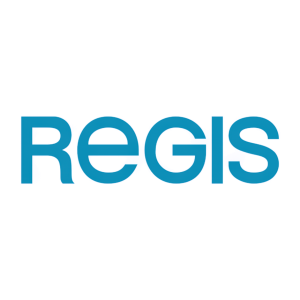Regis Corporation Adopts Tax Benefits Preservation Plan
As of September 30, 2023, Regis had approximately
Regis’ ability to use these NOLs (as well as certain other tax attributes) would be substantially limited if Regis were to experience an “ownership change” within the meaning of Section 382 of the Code. Generally, an “ownership change” occurs if the percentage of the Regis’ common shares owned by one or more of its “5-percent stockholders” (determined under Section 382 of the Code) increases by more than
The Plan is similar to those adopted by other public companies with significant NOLs and other tax attributes that may be limited by the application of Section 382 of the Code. The Plan is not designed to prevent any action that the Board determines to be in the best interests of Regis and its shareholders, and will help to ensure that the Board remains in the best position to discharge its fiduciary duties and protect these valuable assets.
The Plan provides, subject to certain exceptions, that if any person or group acquires
The Plan will continue in effect until January 29, 2025, unless earlier terminated or the rights are earlier exchanged or redeemed by the Board of Directors.
Additional information with respect to the Plan will be contained in the Current Report on Form 8-K that the Company is filing with the Securities and Exchange Commission (the “SEC”). A copy of the Form 8-K can be obtained at the SEC’s Internet website at www.sec.gov.
About Regis Corporation.
Regis Corporation (NasdaqGM: RGS) is a leader in the haircare industry. As of September 30, 2023, the Company franchised or owned 4,811 locations. Regis’ franchised and corporate locations operate under concepts such as Supercuts®, SmartStyle®, Cost Cutters®, Roosters® and First Choice Haircutters®. For additional information about the Company, including a reconciliation of certain non-GAAP financial information and certain supplemental financial information, please visit the Investor Relations section of the corporate website at www.regiscorp.com.
Forward-Looking Statements
This release contains or may contain “forward-looking statements” within the meaning of the federal securities laws, including statements concerning anticipated future events and expectations that are not historical facts, including statements with respect to the Company’s net operating losses, tax attributes and impact of the Plan. These forward-looking statements are made pursuant to the safe harbor provisions of the Private Securities Litigation Reform Act of 1995. The forward-looking statements in this document reflect management’s best judgment at the time they are made, but all such statements are subject to numerous risks and uncertainties, which could cause actual results to differ materially from those expressed in or implied by the statements herein. Such forward-looking statements are often identified herein by use of words including, but not limited to, “will,” “may,” “believe,” “project,” “forecast,” “expect,” “estimate,” “anticipate,” “intend,” “looks forward to” and “plan.” In addition, the following factors could affect the Company’s actual results and cause such results to differ materially from those expressed in forward-looking statements. These factors include our ability to comply with applicable national stock exchange listing requirements, potential timing and outcomes of suspension and delisting procedures and future trading or quotation of our common stock, and other potential factors that could affect future financial and operating results as set forth under Item 1A of our Form 10-K. We undertake no obligation to publicly update or revise any forward-looking statements, whether as a result of new information, future events or otherwise. However, your attention is directed to any further disclosures made in our subsequent annual and periodic reports filed or furnished with the Securities and Exchange Commission on Forms 10-K, 10-Q and 8-K and Proxy Statements on Schedule 14A.
View source version on businesswire.com: https://www.businesswire.com/news/home/20240129776962/en/
REGIS CORPORATION
Kersten Zupfer
investorrelations@regiscorp.com
Source: Regis Corporation






